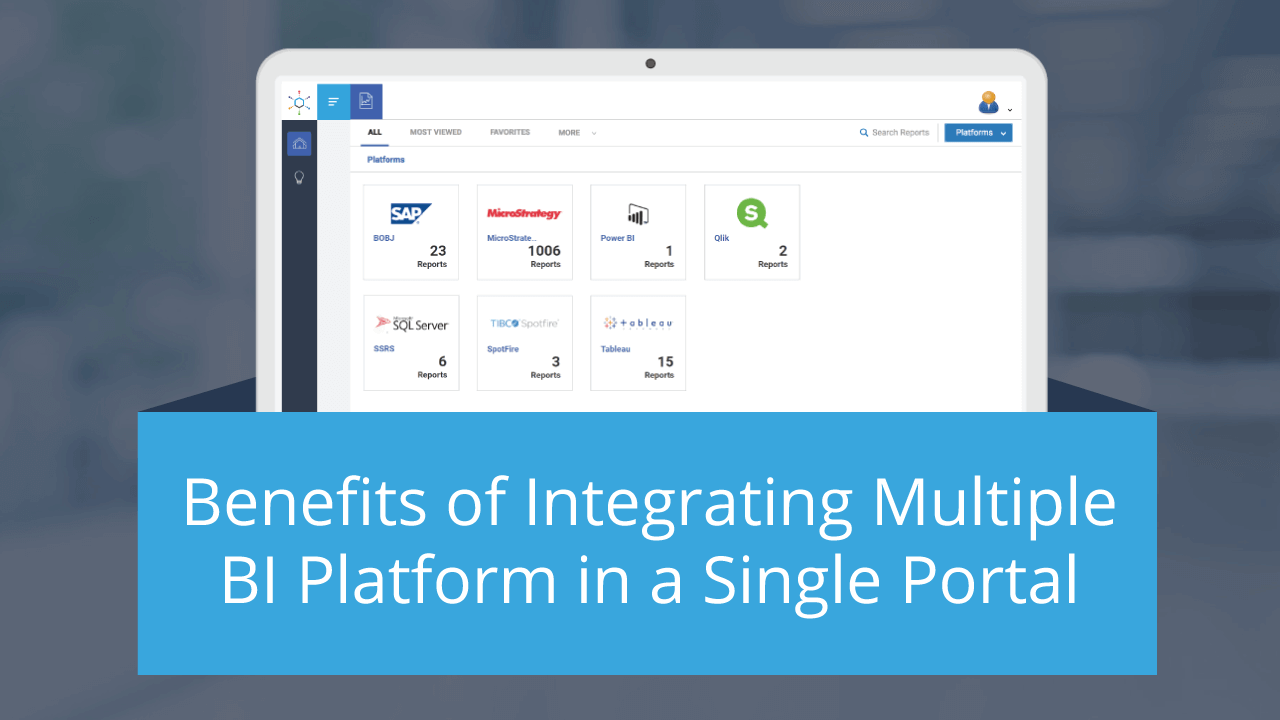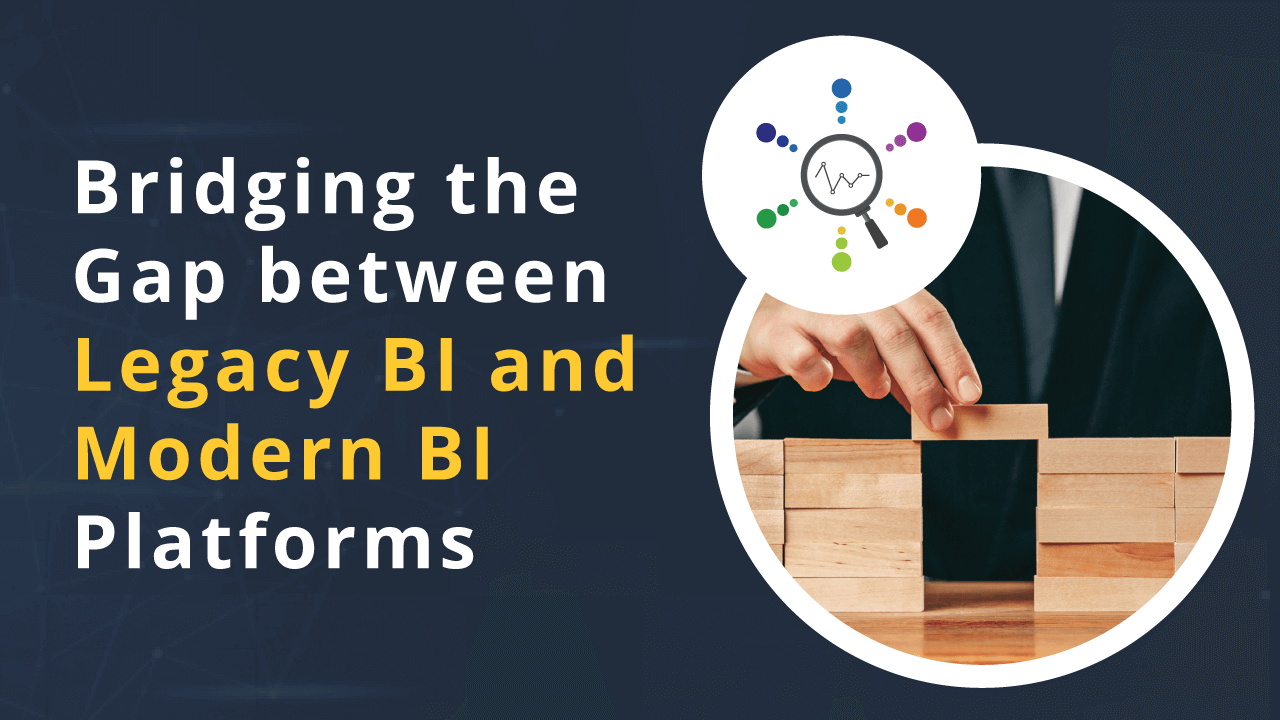Xtreme Enterprises runs multiple BI platforms – SAP BusinessObjects, Tableau and Power BI. Graham Fuller is one of the power users in the Sales department and most of the reports he uses are available in SAP BusinessObjects. In addition to monitoring Sales, he must also track Cost of Sales and the majority of these reports are in PowerBI. On a typical day, he does the following,
1. Login into SAP BusinessObjects as fullerg and analyzes Sales related reports
2. Login into PowerBI as fuller and analyzes Cost of Sales related reports
3. When he needs additional reports for ex: ‘Accounts Receivables (AR)’, he creates it in SAP Web Intelligence as he is familiar with the tool.
Graham’s daily routine seems normal but there are three inefficiencies to be noted:
1. Lack of centralized & searchable metadata: Graham didn’t know that AR report exists in Power BI, as there was no centralized & searchable metadata repository with this information. He thus ends up being a victim of BI Silos introduced by multiple platforms.
2. Duplication of efforts & limited reuse: Graham ends up creating a new AR report in SAP BusinessObjects without realizing that the report exists in Power BI. Graham ends up not only spending time on creating a duplicate report but also creating a potential future need to reconcile both these reports – needing additional time & effort. The landscape by design supports the introduction of such inefficiencies which would only grow with time.
3. Poor User Experience: Graham’s user name is fullerg in BOBJ and fuller in PowerBI. So, he has to remember both the user name and passwords. As per corporate policy of Xtreme enterprises, passwords are changed every 60 days and remembering passwords are a burden for Graham.
Managing Multiple Platforms With BI Hub
BI Hub product helps enterprises address the above challenges in an effective & automated manner. Let us see how Graham’s day at work significantly improves after Xtreme Enterprises implements BI Hub.
1. Graham logs on to one platform (BI Hub) – and is able to view reports from multiple BI platforms (this happens in a very secure manner and no passwords are stored within BI Hub)

2. ‘Smart Search’ using centralized metadata repository: Graham executes a Smart Search in BI Hub using the term ‘Accounts Receivables’
3. BI Hub returns a list of reports using the term ‘Accounts Receivables’. It this case, it shows one report in the Analysis workspace of Power BI platform – even though it is NOT ACCESSIBLE to Graham.
4. Graham initiates a request to access that report from within BI Hub (instead of spending time on creating a duplicate report in SAP BusinessObjects).
BI Hub thus eliminates all the three inefficiencies – #1, #2 & #3 listed above and empowers the organization to maximize returns on existing BI investments (ROI). Here’s a quick video of how BI Hub works:
BI Hub also has built-in features such as Auto-Sync, which automatically replicates any provisioning changes (to users & reports) made in the BI platform – but this topic is for a later blog.
Interested in a detailed demonstration or a trial of BI Hub? Reach out to us here.


